As someone with a long face who has worn a couple of different beard styles, I can verify that stylistically, growing a beard can be a great move to improve your overall look. You’ll gain a lot of choices when it comes to how you present yourself, some classic in nature, while others will be more contemporary. You can use your beard as a jumping off point to create a new you, and there will always be different looks and grooming products to try.
But you have to commit to doing your beard shaping right. There’s a lot that’s involved in how to shape a beard, starting with your basic beard look, and matching your beard with the shape of your face is one pivotal choice. You’ll need to know a fair amount about how that all works, so let’s take a closer look at what you’ll have to cover.
How to shape a beard: The basics
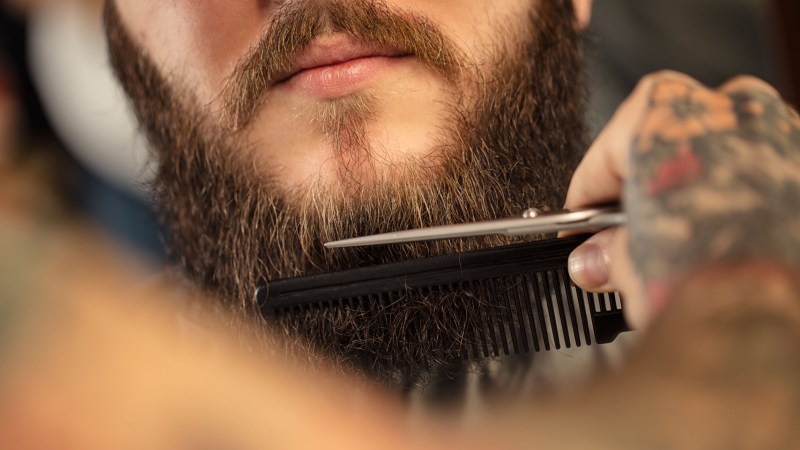
Getting the right shape for your beard takes a unique combination of discipline and a willingness to experiment, and there’s expertise involved as well.
To nail the expertise part, we turned to Karen Lynn Accattato, who has helped many high-profile men look their best. Her clients have included the likes of Dallas Cowboys quarterback Dak Prescott, as well as the cast of numerous TV series like Empire and The Chi.
She recommends starting with a quick guide like the one that follows. It’s important to acquire a basic knowledge of the best beard products on the market along with some trimming techniques, so we’ll review some of those, too.
A quick guide to beard shaping

Find your face shape
As a general rule, Accattato recommends a fuller beard if you have a round face, while a narrow face dictates a more streamlined, trimmed beard. Everyone’s unique, though, so if you happen to be one of those men with special features that set you apart, feel free to be creative. Just remember the basics, and be aware of the implications if you do decide to think out of the box.
Brush your beard hair in the same direction
This is a basic tactic, and it’s especially important if you’re growing out a full beard or going with a longer look. Few things can ruin a longer look faster than random, and it can often defeat the effectiveness of your trimming tools.
Shape your sideburns
Growing out your beard isn’t strictly about your beard. Make sure to separate your sideburns from the cheek hair growing beneath it, unless you’re sold on a specific look where they’re blended or not separated.
Define your neckline
It’s important to cut it close when you do this, so go with a razor or a close-cutting beard trimmer that can get you right to the edge.
Touch up around your lips
Whether you’re adding a ‘stache or going with an old-school Amish look with a stand-alone beard, make sure you take care of any stray hairs in the mouth area. When you do, make sure to follow up with a precision trim around your nostrils as well.
Matching your beard with your face shape: Sweat the details
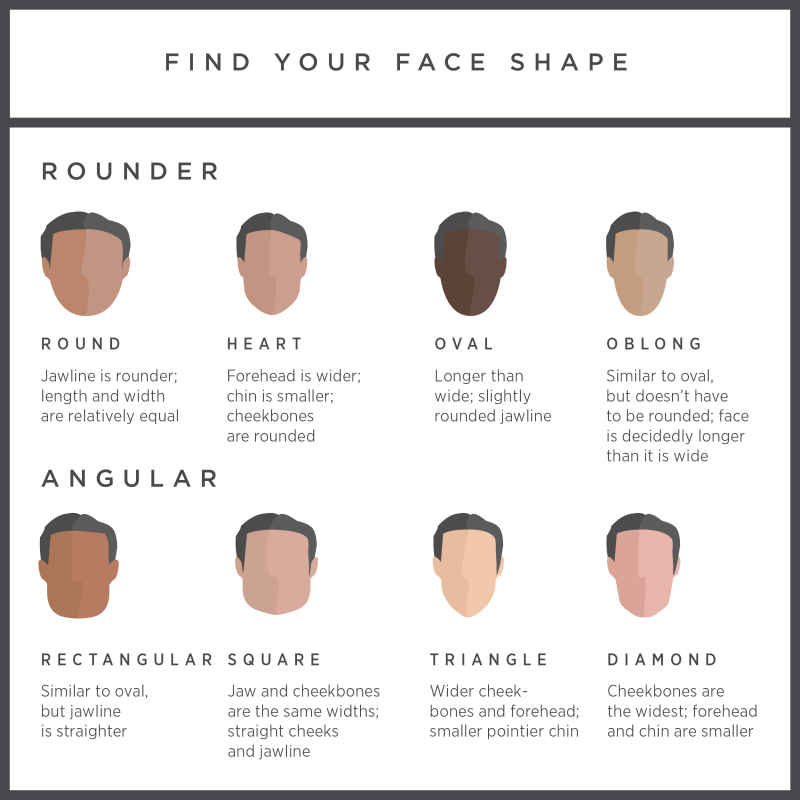
The idea of using the shape of your face as part of the path to your best beard style may seem odd at first, but Accattato has the expertise to help get you there.
“I look at faces as a landscape,” she said. “I’m looking at structure. I love to see the top of the cheekbones, and I like everything to be in proportion. I think if you have a very narrow face, a big heavy beard is quite overpowering. But if you have a wider face, you can do a wider beard. Just keep it in proportion with your basic bone structure.”
Hair length plays a part in this as well. Once again, Accattato leans into the concept of proportion to help get it right.
“[Your beard] has to be in proportion to the hair on your head,” Accattato added. “I like harmony and symmetry. So as long as there’s a balance, I think it works. It’s hard if you have thinning hair and you’re wearing a big heavy beard — it’s out of proportion. So keep that in mind when you make your choice.”
But you should also take a “whatever works” approach to this process where it’s appropriate. Bald men can definitely rock a beard, possibly even a full one, according to the stylistic expert, so don’t be afraid to make a daring or unconventional selection if you feel like that’s the best choice for you.
The best beard shapes by face shape

The best beard for triangle faces
For men with wider cheekbones and a pointy chin, the beard/mustache combo — occasionally referred to as a “beardstache” — is a great choice for your basic look. Adding stubble is optional if you’re growing a full mustache, but you should be sure to emphasize that great chin by keeping the hair at the bottom of your face short. You can even keep it completely clean for more effect.
The best beard for square faces
If you’re fortunate enough to have a chiseled jawline to work with, use a circle beard to accentuate it even further. This look will also elongate your chin and round off the intrinsically square look that often comes with that classic jaw.
The best beard for round or heart-shaped faces
A full, lengthy beard elongates your mug, which is great for men with rounder or heart-shaped faces. Make sure to keep the sides short to maximize the lengthening effect.
The best beard for oval faces
An oval face gives you versatility. It will work with almost any beard style, but one of the best to go with is a full beard and shorten it to keep it in proportion with this face shape. If you decide to really grow it out, you may want to straighten your beard to keep it from getting frizzy.
The best beards for oblong, rectangular, or diamond faces
When you trim this kind of beard, make sure to keep the sides short and shape the bottom by rounding it to make your face look fuller and less angular.
Trimming your beard

Regardless of what look you choose, expect to do a lot of trimming. It’s one of the keys to keep a great beard looking right, but there are some techniques and products involved.
To kick things off, start by bringing the hairs off your face by using a wide-tooth comb to brush through the beard. Then use a pair of grooming scissors that are blunted on the end to take care of any stragglers. If you don’t have one already, it’s worth investing in a beard trimmer with several guard sizes. “Using a clipper with a guard is a very easy way to take off bulk so your beard doesn’t get too heavy looking,” Accattato explained. Start with the longest guard option, then work your way down until you find the right length for you.
You can also use a scissors-over-a-comb tactic for precision cutting. Once you’re comfortable with both of these techniques, you can combine the two methods by using a comb, then using your beard trimmer on the lowest setting. In addition, most devices have a shaping tool you can also use to take care of any stray hairs.
Shaping your sideburns

Sideburns can be tricky. Sometimes, it’s not easy figuring out where the hair on your head ends and where your beard begins. It can become a kind of no man’s land if you don’t pay attention to what you’re doing, and when that happens some men make the mistake of letting the hair around their ears grow out too long. Which isn’t a great look at all if you’re growing a beard.
“If you’re adept with clippers or with a comb, you can do what a barber does and create a nice taper,” Accattato explained. “It’s the best way to get these areas to blend together, and I think it’s easy to do with a set of clippers.”
To do this, start by focusing on a small area of hair at the bridge between your hairline and your beard until you find the right length for the sideburns. As you get used to doing this, you can decide how to taper them, and over time, this kind of tapering will become second nature.
Shaping your neckline
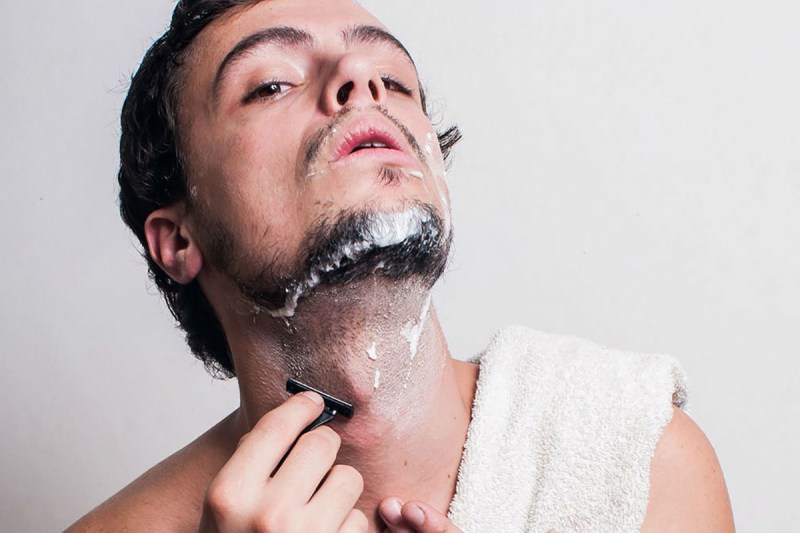
Men grow beards for many different reasons, and for some, the idea is to go for a more natural look. However, there’s nothing good about a caveman-like “neckbeard.” Drawing the neckline too high can also be problematic, as it can make you look unnatural and overgroomed.
Generally speaking, a good neckline look should be a natural extension down from the curve of your ear. The hair should pass about 1 to 1.5 inches above the Adam’s apple — if you have one — in the territory between the neck and head. A good rule of thumb is to take your index and middle finger and place them right at the top of your Adam’s apple, like you’re checking your pulse, and when you do this, your beard should be at the top of your index finger.
Shaping around your mouth
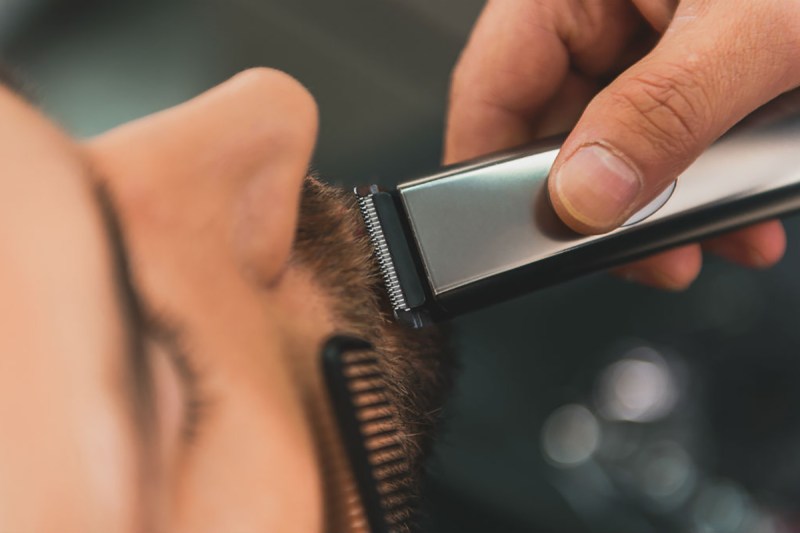
Some men can make the bushy mustache look work — we’re talking Tom Selleck or vintage Sam Elliott here — but for most men, it doesn’t really happen all that well. One alternative is to add a goatee around your mouth, especially if you’ve got a great smile that deserves some special attention.
“Make sure your mustache isn’t going over the upper lip,” Accattato said. “You can use rounded scissors to trim that area, then add the obligatory nose hair trim.”
Finally, if you’re sporting a soul patch, make sure to shape it carefully. Use your clipper’s narrow head attachment, or take a run at this area using a high-quality pair of hair scissors.
Aftercare
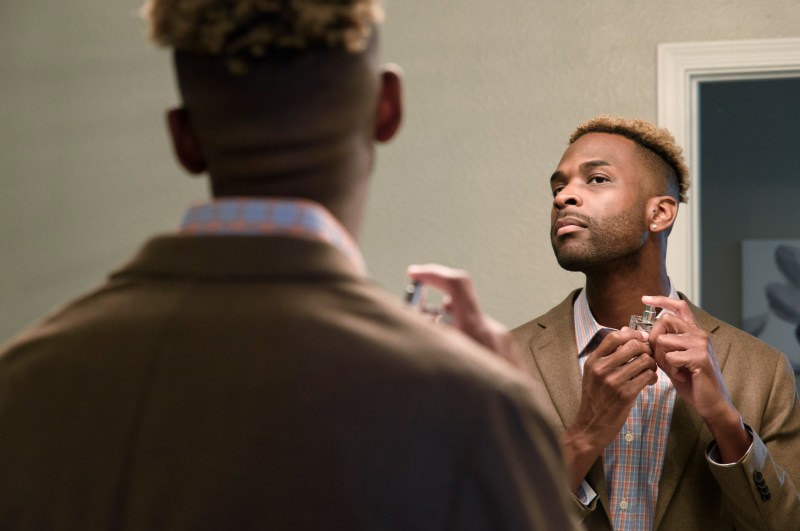
While you will look great after a trim if you follow these steps and tips, keep in mind that you’ll need to figure out the best timing for your next trim. You can use beard oils to keep your beard looking great in between trims, as that will give you more flexibility.
Another pro tip is to find and use your favorite aftershave balm, and generously apply it to any area where you’ve had contact with your razor. This will help prevent razor burn, and it will also make it easier to reshape your beard during your next trim.
Throughout the process, keep in mind that shaping can make or break your look. With a little practice, patience and effort, though, you can nail down your best beard shape, then sharpen your routine and make improvements as you go.
More beard-trimming tips
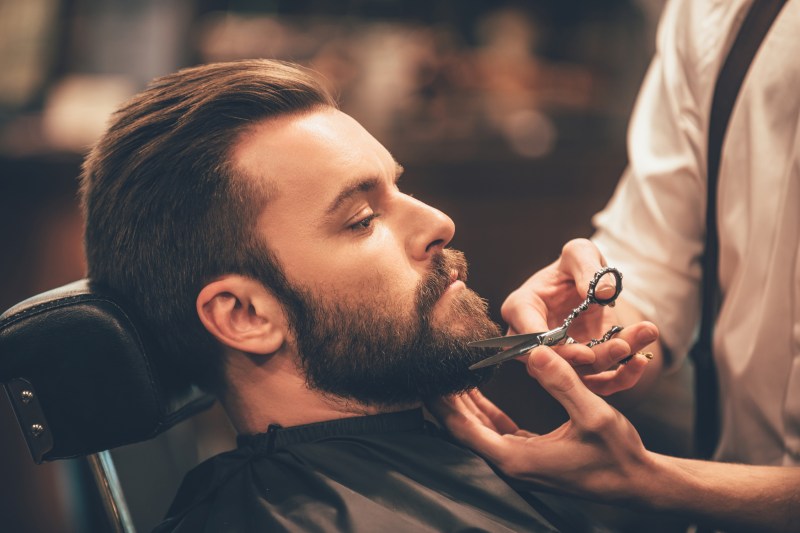
With more and more men growing beards to get a great look, the tools of the trade are constantly improving, which makes it imperative to invest in some quality beard maintenance tools. Get a trimmer with plenty of settings, which will give you more options later once you’ve established your own personal style.
Finally, be careful when you trim. It’s easy to go too far and make mistakes, especially when you’re first starting out. That can leave you with a patchy beard. Follow the rest of these basic rules, though, and you’ll end up with a great beard that says “you” in all kinds of unique ways.



